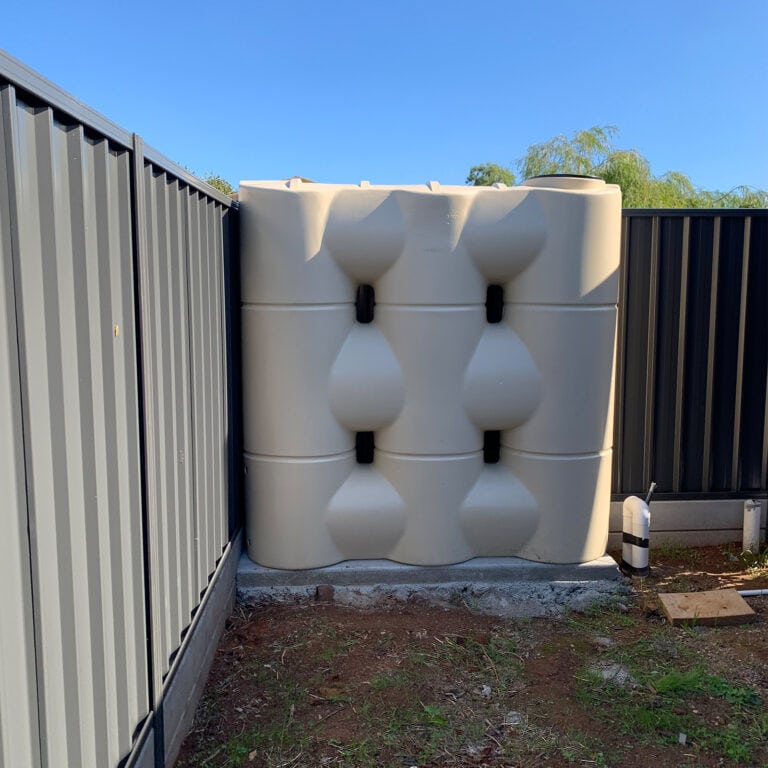Top Reasons to Invest in Slimline Water Tanks for Your Home
Top Reasons to Invest in Slimline Water Tanks for Your Home
Blog Article
Comprehending the Significance of Rainwater Tanks in Drought-Prone Regions for Water Security
In areas prone to prolonged dry spells, the function of rainwater containers in reinforcing water security is a subject of expanding value. As neighborhoods grapple with the difficulties of water scarcity, recognizing the importance of these tanks exceeds mere collection of rain. Rain tanks act as an essential tool in mitigating the effect of water shortages by supplying a sustainable resource of water for various demands. The true worth of rain storage tanks expands far past mere storage; it incorporates resilience-building measures and the promo of long-term water preservation techniques. This complex approach to water protection warrants a better exam of the role rain containers play in ensuring a dependable water supply throughout times of drought.
Advantages of Rain Storage Tanks
Using rain storage tanks provides a sustainable service for enhancing water and improving water safety in property and industrial settings. One of the key advantages of rain tanks is their ability to reduce dependence on keys supply of water. By capturing and storing rain that drops on rooftops, this alternative resource can be made use of for different non-potable purposes such as watering, flushing toilets, and cleaning clothing. This not only conserves cured drinking water but additionally reduces water bills for customers.

Rain Harvesting Strategies
Rain collecting strategies incorporate an array of techniques developed to efficiently accumulate and keep rain for different functions, contributing to water conservation and sustainability. One common strategy is the installment of rooftop catchment systems, where rainwater is collected from the roof of a building and routed to a storage space tank. This method is relatively straightforward and cost-effective. An additional preferred method is the usage of above-ground or underground tank to save rainwater for later use. These containers are available in different sizes and materials to match various needs and can be linked to the existing pipes system for simple access.

Additionally, rainfall yards and permeable pavements are cutting-edge techniques that include landscape design or paving surfaces in such a way that permits rainwater to percolate into the ground, restoring groundwater books. In addition, contour farming and terracing are agricultural techniques that help catch rain and protect against soil erosion in uneven terrain. By applying these varied rainwater harvesting strategies, neighborhoods can enhance water safety you could try this out and strength in drought-prone areas while advertising sustainable water management practices.
Relevance of Water Safety And Security
Making sure trusted accessibility to clean and sufficient water resources is critical for sustaining human health and wellness, financial growth, and ecological health. Water security is an important facet of social durability, especially in regions vulnerable to droughts and water scarcity. Adequate water security encompasses various dimensions, including accessibility, high quality, and ease of access of water for domestic, agricultural, commercial, and ecological demands.
Water protection plays an essential role in promoting public health by reducing the frequency of waterborne diseases and guaranteeing sanitation facilities. Financially, water safety is necessary for agricultural productivity, commercial procedures, and general economic development. Slimline water tanks. In addition, water safety is very closely linked to environmental sustainability, as it sustains ecological communities, biodiversity, and general next ecological equilibrium.
In drought-prone areas, water safety and security comes to be much more crucial due to the increased risk of water scarcities. Executing strategies like rain harvesting, water recycling, and effective water management practices can substantially enhance water protection in these locations. By prioritizing water protection, neighborhoods can better hold up against the influences of climate adjustment, population development, and go to this web-site various other challenges that intimidate water availability.
Enhancing Water Durability
With enhancing international water challenges, developing durability in water supply has actually become a critical focus for sustainable advancement initiatives. Enhancing water strength involves executing approaches to ensure water availability and high quality when faced with transforming environmental conditions, such as dry spells, floodings, and pollution.
One key element of boosting water strength is advertising using rainwater tanks in drought-prone regions - Slimline water tanks. Rainwater storage tanks function as an efficient methods of recording and saving rain for later usage, reducing dependence on limited freshwater resources throughout completely dry durations. By integrating rainwater harvesting systems right into water management strategies, areas can enhance their capability to stand up to water shortage and preserve water safety

Sustainable Water Conservation
Among rising water challenges, the prudent administration of water resources through sustainable conservation methods is important for making sure lasting ecological security and social well-being. Sustainable water conservation entails the efficient use of water sources to satisfy existing demands without jeopardizing the ability of future generations to satisfy their own demands. By applying approaches such as rainwater harvesting, greywater recycling, and water-efficient technologies, communities can decrease water wastage and minimize pressure on freshwater sources.
Additionally, sustainable water conservation techniques add to ecosystem health by maintaining ample water degrees in rivers, lakes, and marshes, sustaining biodiversity, and protecting natural habitats. These practices additionally play a crucial duty in mitigating the influences of environment adjustment by aiding to adjust to altering precipitation patterns and water availability.

Final Thought
To conclude, rainwater containers play a crucial function in boosting water security and durability in drought-prone areas. By making use of rain harvesting techniques, neighborhoods can lower their dependence on traditional water sources and promote lasting water preservation methods. This not just helps reduce the effects of water deficiency during droughts but likewise adds to lasting water security and durability when faced with environment adjustment obstacles.
Report this page